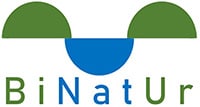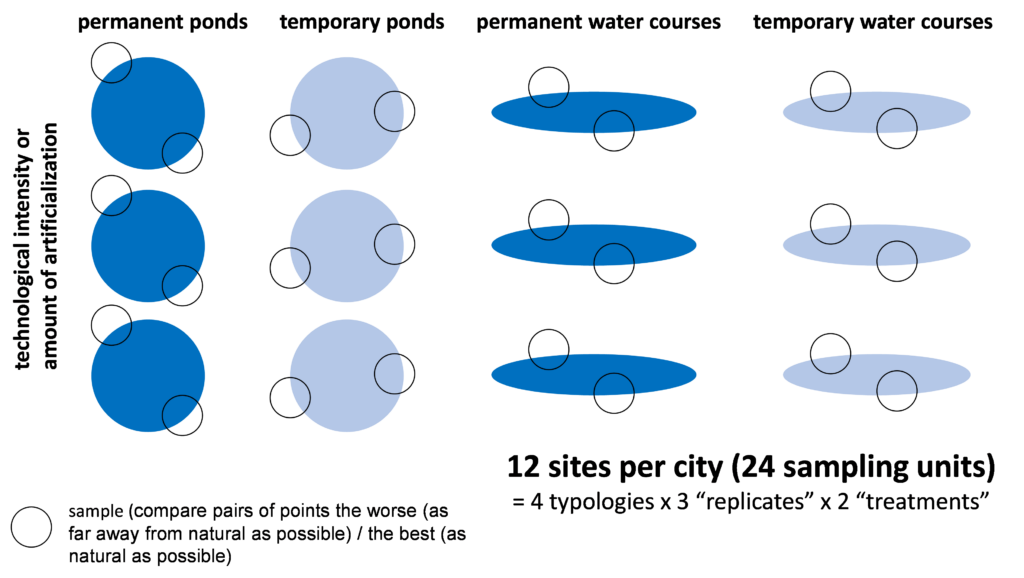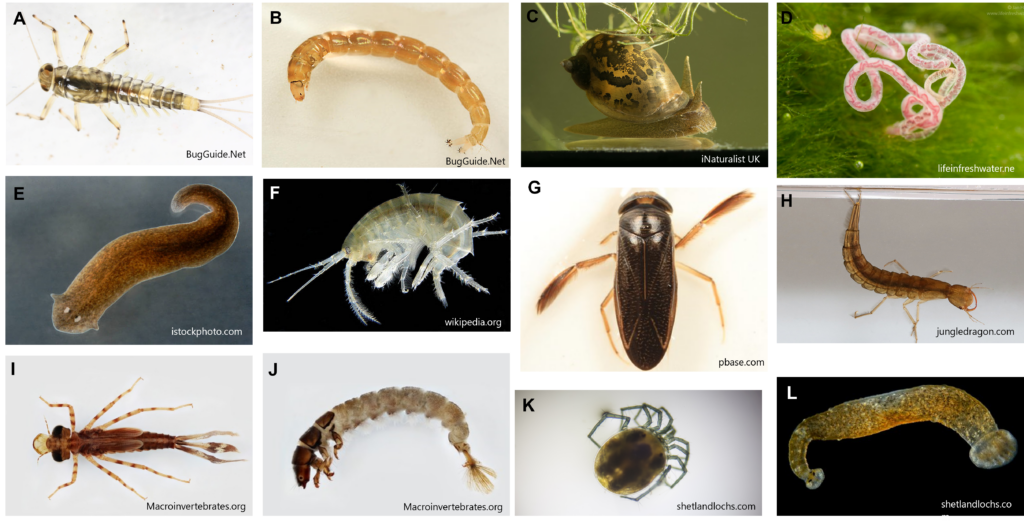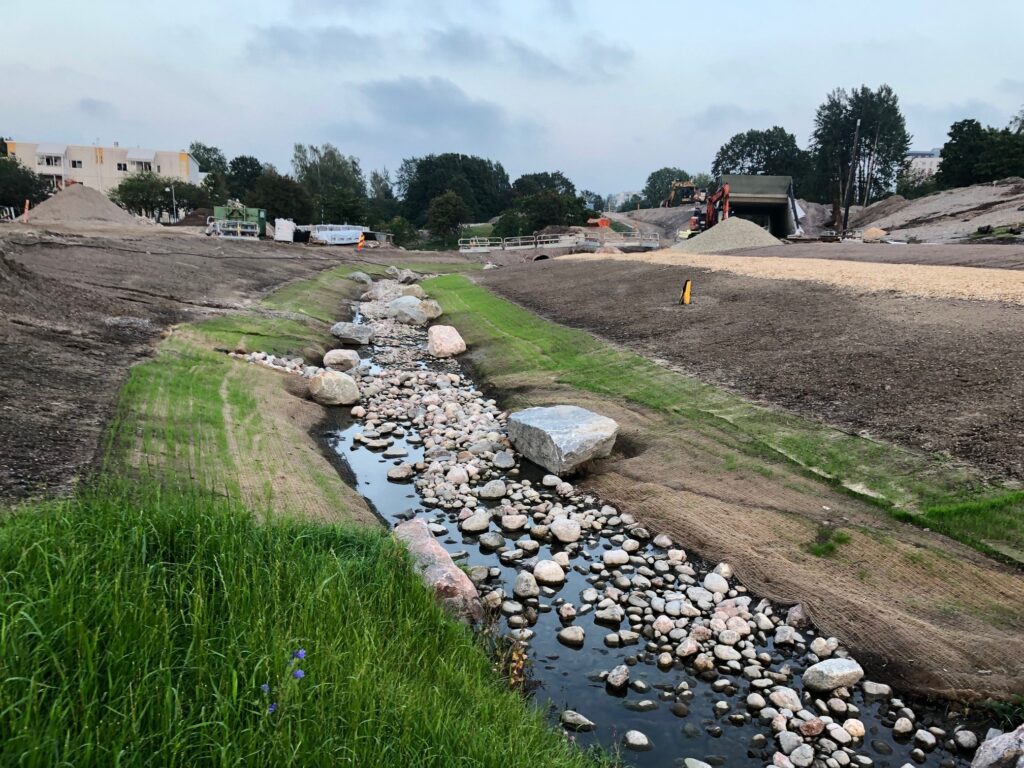Posts by Maija.Tiitu@syke.fi
Visiting Research Sites with Local Planners in Helsinki Metropolitan Area
By Hanna Nieminen In the end of August, after summer holidays in Finland, we invited local planners from cities of Vantaa and Helsinki to join us for half-a-day field trips to discuss project research results and jointly explore selected study sites of aquatic nature-based solutions (aquaNBS) for stormwater management. In Vantaa, we visited Illenpuro Brook,…
Read MoreHow Do We Sample Aquatic Invertebrates at Sites with Aquatic Nature-based Solutions?
By Vladimíra Dekanová Aquatic invertebrates are involved in many important processes in aquatic ecosystems, since they contribute significantly to nutrient cycling and the turnover of organic material. From this reason, invertebrates represent a useful ‘indicator community’ for assessing the condition of freshwaters. This is because their taxonomy, status, and ecology, including phenology as well…
Read MoreUnderstanding Changes in Macroinvertebrate Communities Across Europe Through Six Diversity Metrics and Indexes
By Vladimíra Dekanová and Silvia Martín Muñoz Biodiversity indexes are used to quantitatively estimate the biological variability of a space in order to be able to compare this diversity among places or across time. Both the species richness (i.e., the total number of species in a community) and the evenness (i.e., number of individuals…
Read MoreSocial-Ecological-Technological Framework for Studying Urban Aquatic Nature-Based Solutions in Cities
By Kati Vierikko and Pedro Pinho BiNatUr team published a book chapter in 2023 focusing on the use of a holistic framework to encompass the functioning of aquatic nature-based solutions (aquaNbS). The framework is based on the social, technologic, and social dimensions, and propose that there is a need to characterize the interactions of these…
Read More



